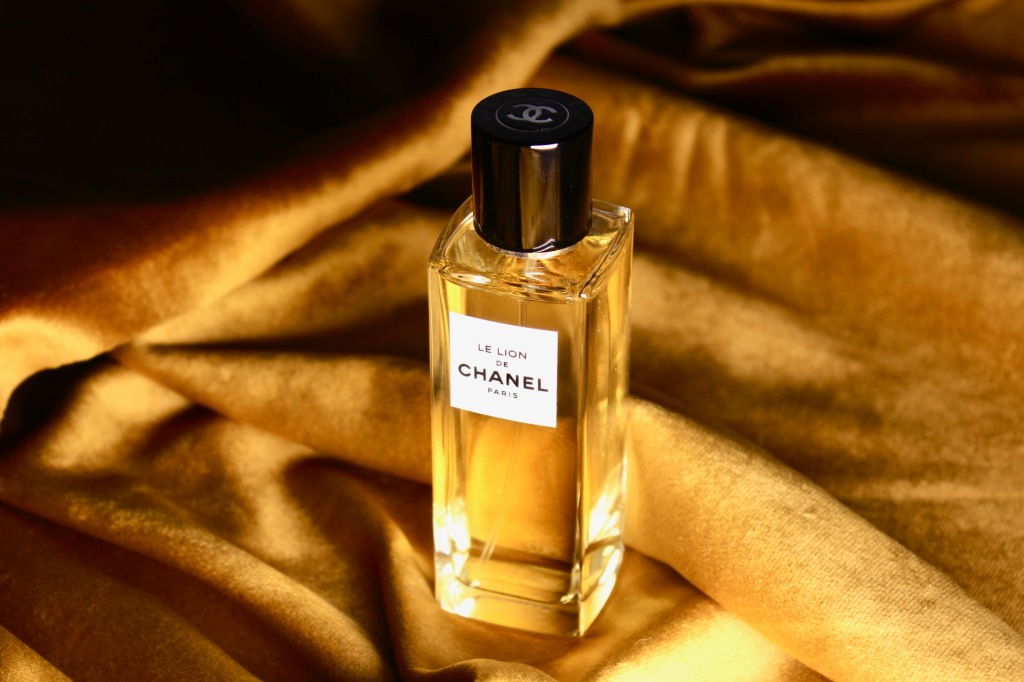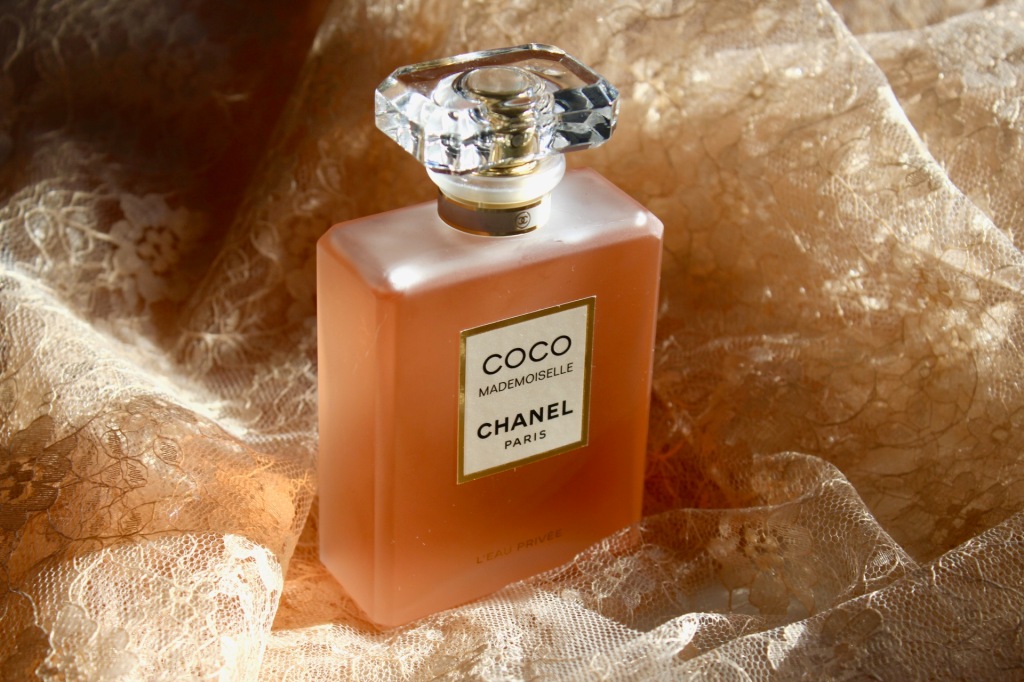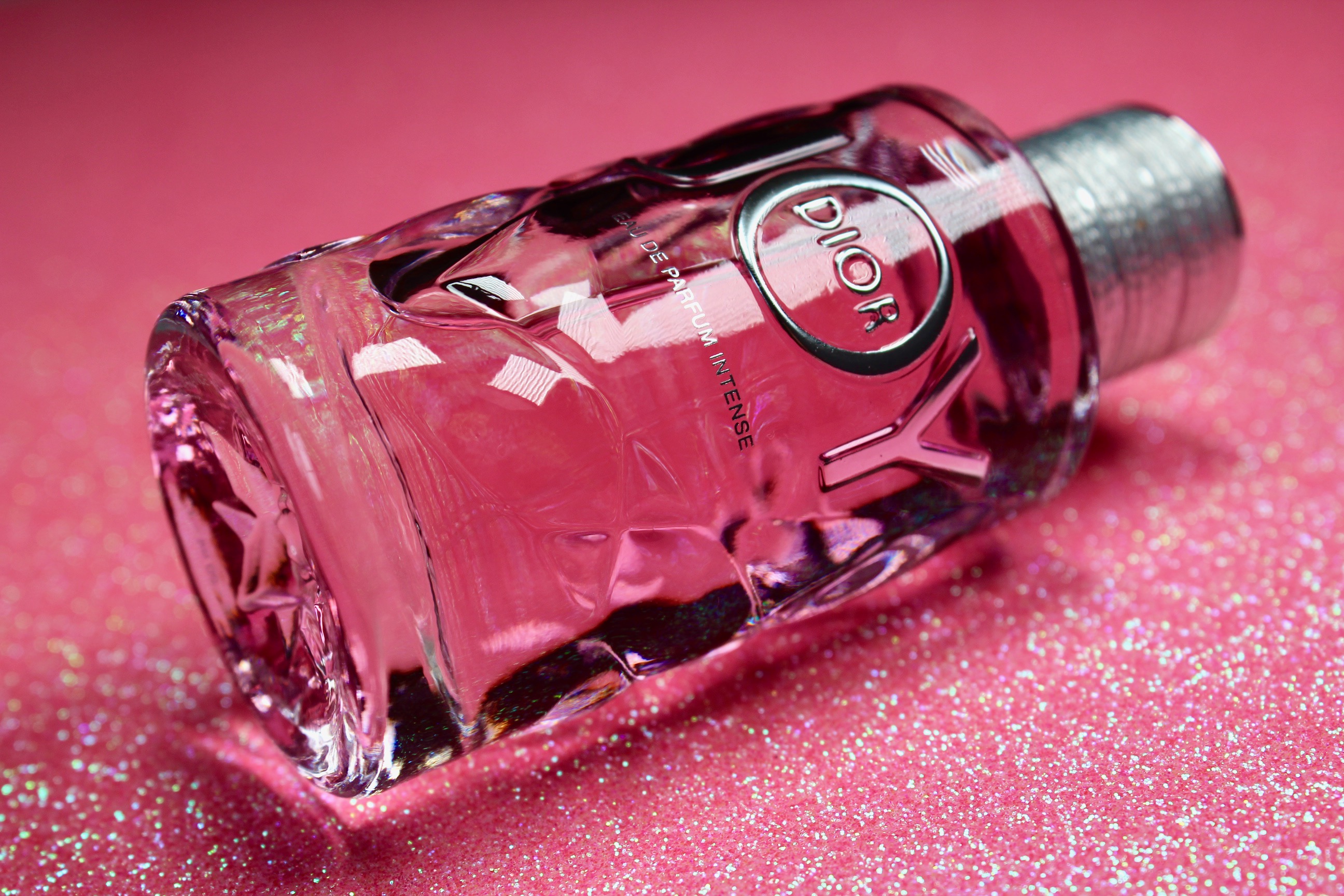
A few weeks ago I was lucky enough to attend a virtual masterclass with Frederic Malle and perfumer Anne Flipo all about the brand’s latest launch Synthetic Jungle. I was intrigued by the fragrance, of course (we will get on to that soon – patience please) but I was also curious about the name. Given all of the scaremongering around materials in perfumery – you know what I mean, the false narratives around chemicals being bad (literally everything is a chemical, oy), that natural is better (simply not true) and that clean beauty is a thing (I don’t even know where to start with this one) it seems somewhat brave to release a fragrance with “synthetic” in the name. I asked M. Malle whether the name was a statement and he, without hesitation said yes, it is.
In response, he told me that there is a misconception that synthetic materials are bad and naturals are good, adding that people don’t understand that interesting perfume started because of synthetics (it’s true, we wouldn’t have modern perfumery as it is today without aroma chemicals). As he explains, Synthetic Jungle’s name seeks to remind people that perfume is a paradox, and that synthetic materials are required to recreate the smells of nature. This is exactly what Synthetic Jungle achieves – a beautifully natural smelling perfume, evocative of a lush jungle, and made with a mixture of both natural and synthetic materials.
Now, moving past the name, what about Synthetic Jungle the perfume? This is the result of a long creative flirtation between Frederic Malle and Anne Flipo, where the former spent quite some in the corridors of IFF convincing the latter to work with him. The starting point for their fragrant collaboration was the green fragrances of the 1970s, specifically Estée Lauder’s Private Collection, which served as inspiration. Synthetic Jungle is Frederic Malle and Anne Flipo’s rendition of the green chypre accord – a simplified, modernised version that isolates the green accord and amplifies it with intense floralcy. The result? An accessible take on green that feels operatic in its execution.









